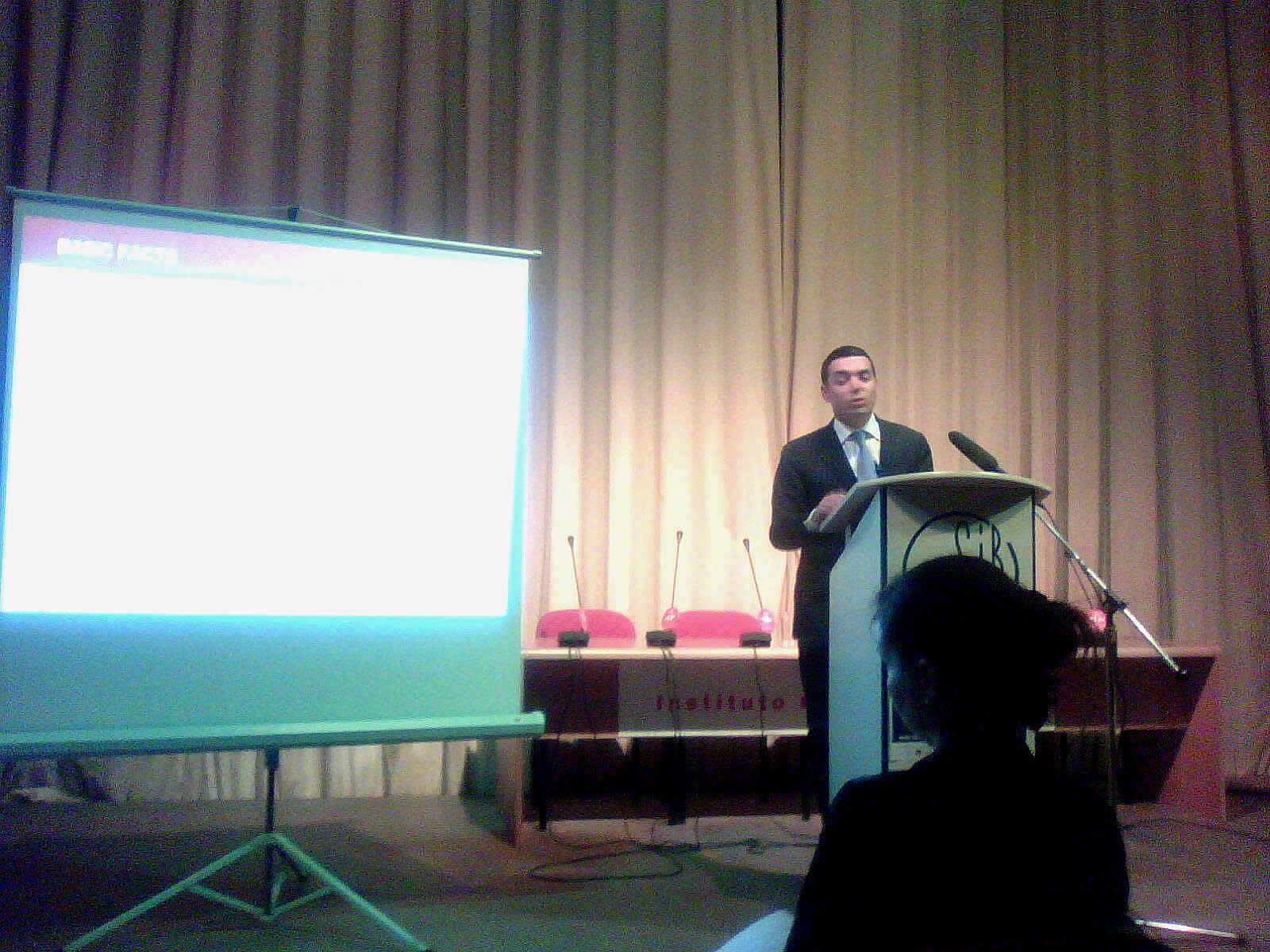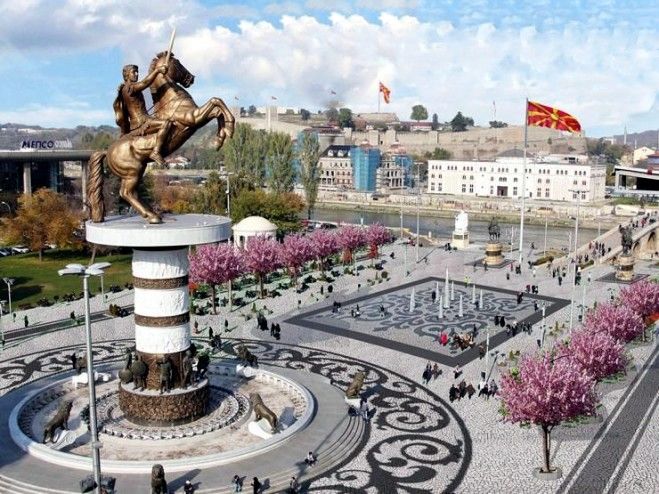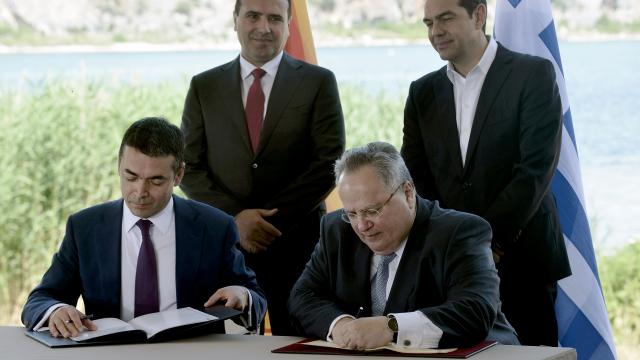| |
Macedonia is a country in deep trouble.
Under a veneer of normality lies a climate
of deep mistrust between all the political
parties and between the main ethnic
communities. Several incidents of
inter-ethnic violence took place in the
capital city earlier this year and are on the
increase. Political dialogue, insofar as it exists between the parties, remains confrontational. In May 2015, there was again violence namely in the north of the country. Not only Macedonians living at the tops of their nerves. The international community looks worried how Russia supports the controversial government while Europe and the United States backs the opposition. |
| |
| The future of Macedonian multi-ethnic democracy |
|
| H.E. Mr. Nikola Dimitrov lectured on 5 April 2011, a part of the ALBFACT lecture series:
Although the (Former Yugoslav) Republic of Macedonia is a fairly small country, with slightly more than 2 million inhabitants and 60% of the land area of the Netherlands, it is simultaneously a tremendous diverse place. Its varied geography, flora and fauna have long attracted many tourists; more interesting perhaps, is that its ethnic majority constitutes less than two-thirds of its population, which clearly makes Macedonia. In 1991, as it seceded from collapsing Yugoslavia, Macedonia adopted a new constitution and became a parliamentary democracy. |
 |
The challenges of successfully conducting multiethnic democracy have been clear in the Macedonian case, illustrated by power being devolved to the large Albanian minority following civil unrest 2001. Moreover, its accession to several international institutions has been impeded by the Greeks, who take issue with Macedonia's name (Report of the hearing at the ICJ 30 March 2011) considering it a territorial claim on the entire historic Macedonian region which stretches well into Northern Greece. |
|
|
|
European Policy Institute in Skopje published in January 2016 in the document "Implementation of Urgent Reform Priorities slower then the restoration of anti-reformist practices".
By signing the Przhino Agreement in June 2015, the four largest Macedonian political parties agreed "to implement all recommendations to be issued by the European Commission in relation to systemic rule of law issues".
In so doing, the political parties agreed to implement the Commission's “Urgent Reform Priorities” (URPs), even before their publication, also in June 2015.
Within the framework of its enlargement policy, the European Commission linked extending its recommendation to open accession negotiations with the Republic of Macedonia (RM) with the "continued" implementation of the June/July political agreement and "substantial progress in the implementation of the Urgent Reform Priorities".
While it may be clear what the implementation of the political agreement entails, it is far clear as to what "substantial progress in the implementation of the Urgent Reform Priorities" means. This applies both for the broader public and the actors who are directly charged with implementing them.
To this extent, there is а vague notion amongst the public as to their meaning, as well as assumptions and doubts about whether they are a code, a strategy for action or just a meaningless bureaucratic phrase.
The Urgent Reform Priorities are:
- Rule of Law and Judiciary;
- Clear focus on the independence and quatlity of justice;
- Concrete recommendations on judicial and parliamentary oversight of the interception of communications;
- Increased focus on the independence of regulatory and oversight bodies and;
- Explicit demands for the revision and repeal of lustration.
|
September 2013, the policy brief 'Macedonia - A country in crisis' was released from an associate Senior Research Fellow at CEPS and former European Union Special Representative and Ambassador, Head of Delegation in FYROM.
The country submitted its candidature for
EU membership in March 2004 and was the
first country in the Balkan region to sign,
in 2001, the Stabilisation and Association
Agreement; the process established by the
EU as the first step towards gradual EU
integration. This was the year in which the
country witnessed an inter-ethnic armed
conflict, which was brought to an end by
the signing of the Ohrid Framework
Agreement in August 2001, an agreement
brokered by the EU, the US, NATO and the
OSCE.
The EU Council granted Macedonia
candidate status in December 2005, based
on the positive Opinion from the European
Commission on the country's application. In October 2009, the EC recommended that
a date be set for the opening of
negotiations. The EU Council has not yet
endorsed this recommendation. |
|





